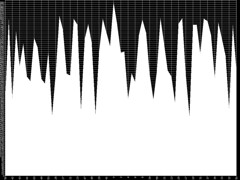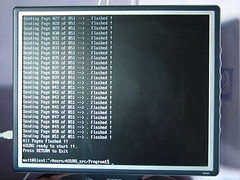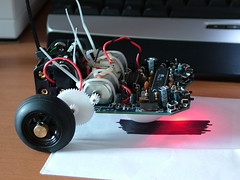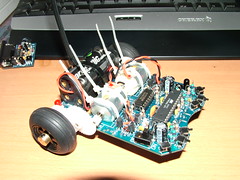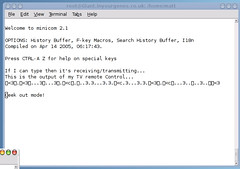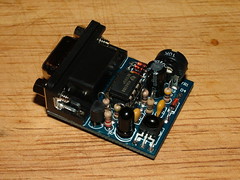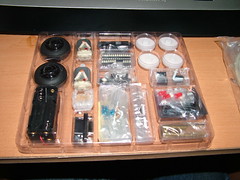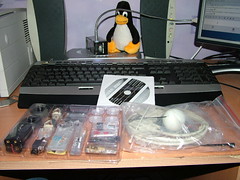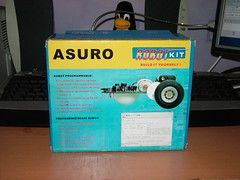Slightly off-topic
After 2 full kernel freezes in an afternoon, I was getting flashbacks to being a Windows user. I don't know if it's anything to do with the 2.6 kernel or the Ubuntu/Debian flavour of it, and I don't care. My machine is now at least 25% faster after having re-installed Slackware with it's 2.4.31 kernel. No crashes either.
Now, to the point of this diatribe - when I tried to use the alien trick to install the packages, it all went pear shaped. Alien is not amongst Slackware's slim package repository, nor was I able to download the official sources using svn, because apparently they don't exist.
My only choice was to recompile the AVR-GCC compiler from scratch, which I was able to do by following these instructions. It's nowhere near as tricky as it sounds - and the instructions work fantastically.
It can be done, and it's easy!
